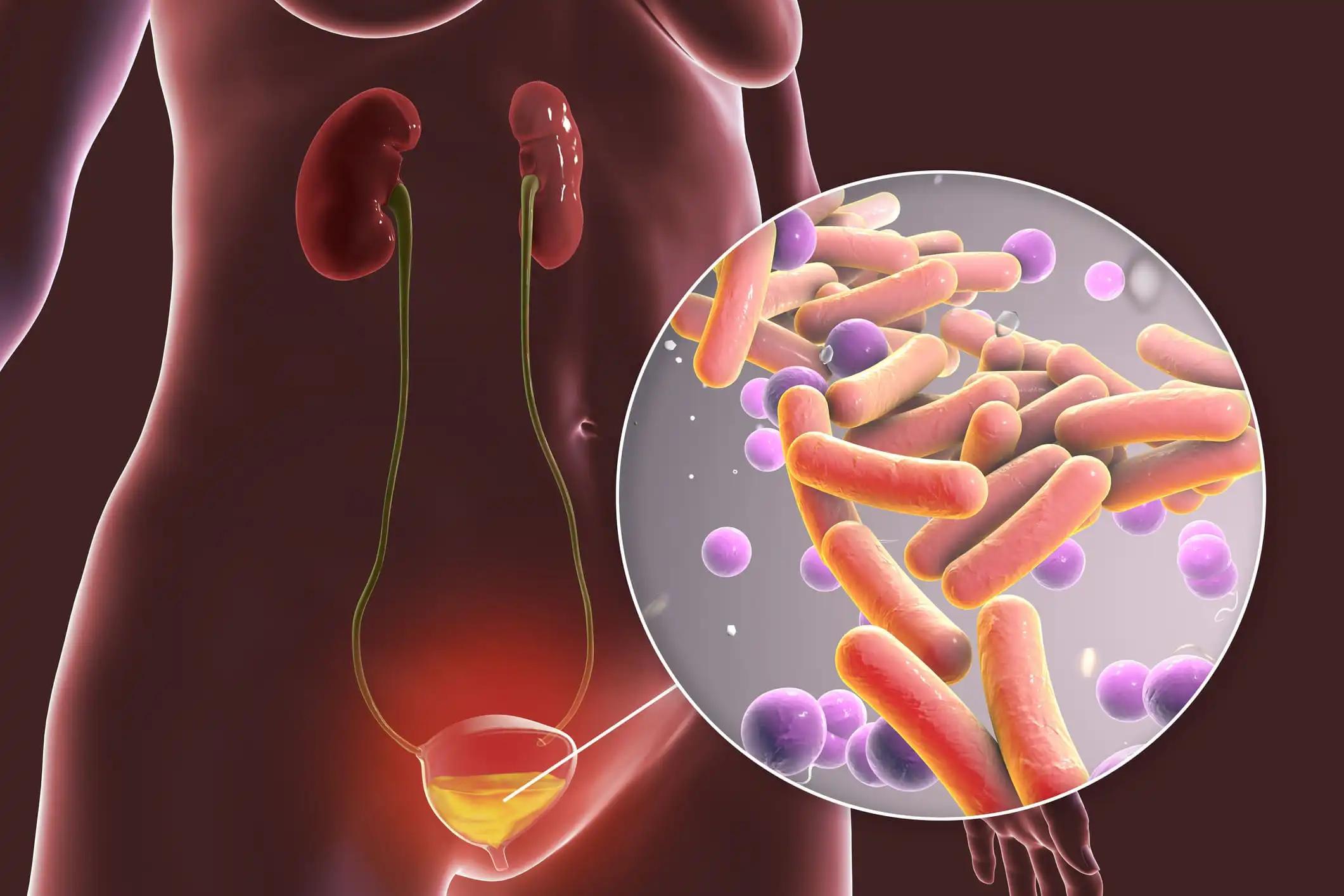KEY TAKEAWAYS
- The SunRISe-4 phase 2 trial aimed to assess the efficacy and safety of neoadjuvant TAR-200 plus cetrelimab vs cetrelimab alone in patients with MIBC.
- The primary endpoint was to determine pCR, and the secondary endpoints were pOR rate & safety.
- Researchers noticed a favorable safety profile and compelling efficacy data; further investigation is needed.
Standard treatment for muscle-invasive bladder cancer (MIBC) typically involves radical cystectomy (RC) in combination with neoadjuvant chemotherapy (NAC). However, approximately 50% of patients are ineligible for NAC, and the 5-year survival rate for RC alone is ≤50%, highlighting the need for novel therapies. TAR-200 is an intravesical drug delivery system designed to release gemcitabine locally within the bladder for sustained treatment.
In this SR-4 study randomized phase 2 trial, Andrea Necchi, and the team aimed to evaluate the efficacy and safety of neoadjuvant TAR-200 + CET (anti-PD-1) versus CET alone in patients with MIBC scheduled for RC who are either ineligible for or refuse NAC.
They performed an inclusive analysis involving patients with ECOG PS 0-1, histologically confirmed cT2-T4a N0M0 MIBC, who were ineligible for or refused NAC and scheduled for RC. These patients were randomized in a 5:3 ratio to receive either TAR-200 + CET (Cohort 1 [C1]) or CET alone (Cohort 2 [C2]).
Randomization was stratified based on visibly complete versus incomplete (≤3 cm) resection on TURBT and tumor stage (cT2 vs cT3-4a) at MIBC diagnosis. The primary outcome measure was the pathologic complete response (pCR; ypT0N0) rate. Additional outcomes assessed included the pathologic overall response (pOR; ≤ ypT1N0) rate and safety.
About 120 patients were treated at the data cutoff of May 31, 2024. The median age was 73 years; 85% were male; 20% ECOG PS 1; 81% cT2; 18% with residual disease divided into (Cohort 1 [C1] n=79; Cohort 2 [C2] n=41).
In the efficacy evaluable set, centrally confirmed pCR rates were 42% in C1 and 23% in C2. Treatment-related adverse events (TRAEs) were observed in 72% of patients in C1 and 44% in C2, with most TRAEs classified as Grade 1-2. Discontinuation rates due to TRAEs were 8% for TAR-200 and 8% for CET in C1, while 0% discontinued CET in C2 due to TRAEs.
The study concluded that neoadjuvant TAR-200 + CET therapy demonstrated compelling pCR and pathologic overall response (pOR) rates with a manageable safety profile, supporting the addition of TAR-200 to anti-PD-1 treatment in patients with MIBC. In the cT2 subgroup, over 2/3 of patients who received TAR-200 + CET were downstaged to ≤ T1 at RC, and approximately half achieved pCR. The SR-4 interim results endorse further investigation of TAR-200 + CET in patients with MIBC.
The trial was sponsored by Janssen Research & Development, LLC.
Source: https://cslide.ctimeetingtech.com/esmo2024/attendee/confcal/show/session/175
Clinical Trial: https://clinicaltrials.gov/study/NCT04919512
Necchi A, Guerrero-Ramos F, Crispen P.L, et al. (2024). “TAR-200 plus cetrelimab (CET) or CET alone as neoadjuvant therapy in patients (pts) with muscle-invasive bladder cancer (MIBC) who are ineligible for or refuse neoadjuvant cisplatin-based chemotherapy (NAC): Interim analysis of SunRISe-4 (SR-4).” Presented at ESMO 2024 (Abstract LBA84).



